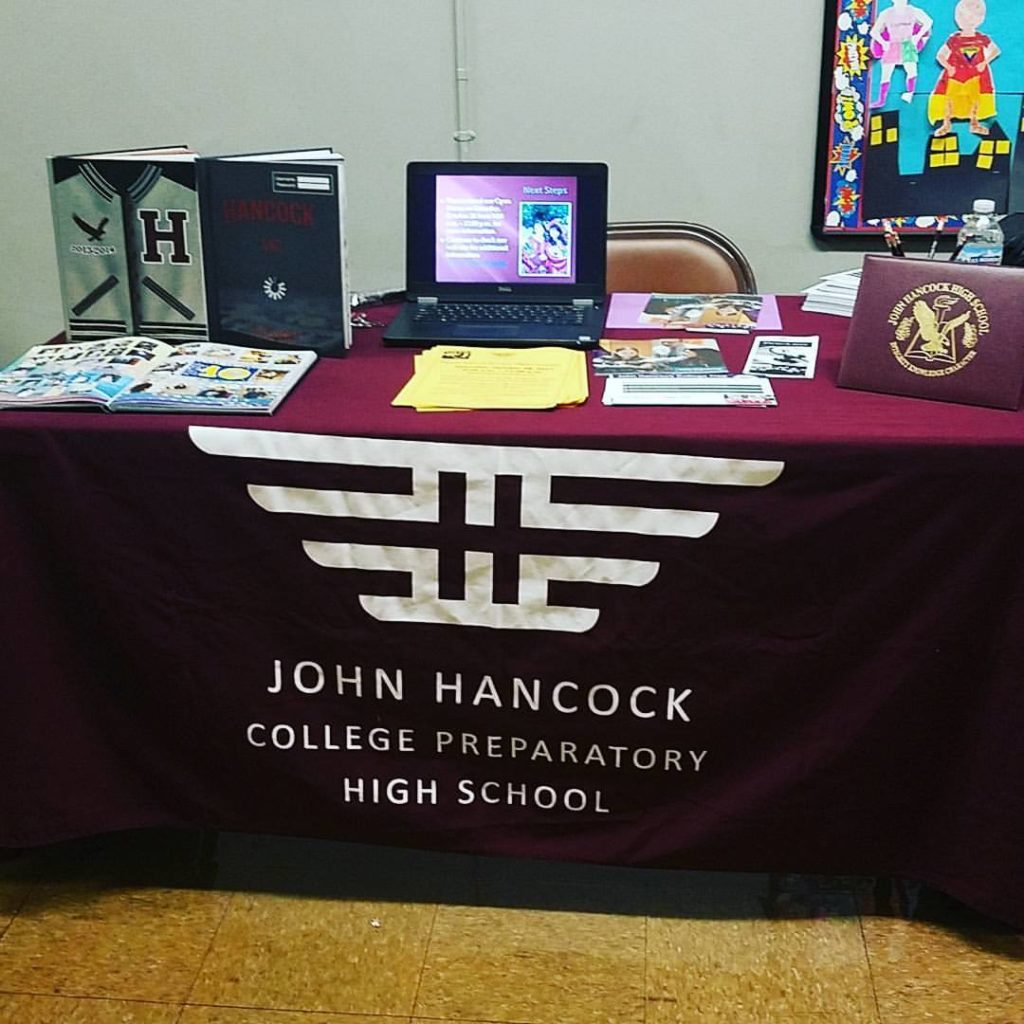Earlier this week, we took a look at some big-picture lessons from Emily Krone Phillips’ new book, The Make-or-Break Year. To see the work from a school-level lens, Krone Phillips recounts Hancock High’s remarkable turnaround using Freshman OnTrack. At first, the Hancock story reads a bit like a traditional ed-reform narrative—idealistic principal Pam Glynn pushes her team of skeptical, mostly-White teachers to believe in their working-class Mexican-American students and raise their expectations for them. (Glynn also pushes out the most change-resistant staff and hires top teachers away from other schools. More of the new hires share their students’ ethnic background.)
One element that sets the Hancock story apart is Glynn’s insistence on putting student survey data in front of teachers to challenge their perceptions. When Glynn showed the faculty the numbers of students telling them they didn’t find courses challenging enough, some teachers began to take a look in the mirror.
That’s when the Hancock story becomes truly interesting. Changing a school where adults don’t believe in kids is like working with a clinically depressed person—they have to make changes on the inside before changes in outcomes can take place.
In Hancock’s case, Glynn pounded hard on teachers to change their belief systems and face the reality that students were both under-challenged and under-supported. Her successor, Karen Boran, continued the work and, with help from the Network for College Success, built teams and systems to sustain it no matter who led the school. By 2016, Hancock had yet another new principal, yet the school had maintained more than 90 percent of freshmen on track to graduate for three years running.
Ultimately, Hancock’s success in getting and keeping its freshmen on track did not rely on fixing (or firing) individual teachers in isolation, but on building a shared culture of improvement and common knowledge among staff about how to support students. Hancock also made the shift from looking at data as a nightstick with which to blame and punish people to viewing it as a dipstick to diagnose problems and look for solutions.
The Hancock story also shows that once one problem is resolved, similar collaboration and problem solving among adults can be put to work on new problems, like ensuring students are prepared to persist and succeed in college.
Ironically, Hancock’s successful turnaround led central office to change its admissions process. Starting in the 2016 school year, Hancock’s neighborhood boundaries were eliminated. The school now offers two paths to admission: selective enrollment via testing and a career and technical education (CTE) program featuring pre-law and and pre-engineering. (Students in the surrounding area receive admissions preference for the CTE program.)
Krone Phillips briefly touches on this change near the end of her book, noting that while the system made progress on one perceived problem–the Southwest Side’s lack of access to selective enrollment high schools–by creating another: reinforcing the notion that neighborhood high schools are inferior by “promoting” a successful one into the selective enrollment system. Chicago has long suffered from a two-tiered set of high schools: a small group of elite, highly selective high schools and a much larger group of non-selective high schools where students have struggled to succeed. Freshman OnTrack has made some headway in improving the high school experience and outcomes for students in nonselective high schools, but a move like this suggests that central office was more invested in short-term politicking than in long-term strategies to improve overall equity.
Tomorrow, we’ll look at what Krone Phillips says about how Freshman OnTrack managed to survive despite a history of central office decisions like these.
Maureen Kelleher
Latest posts by Maureen Kelleher (see all)
- CPS Parents Wanted for Research Study - March 27, 2023
- Tomorrow: Cure Violence with #Belonging - August 17, 2022
- Still Looking for Summer Camp? - June 13, 2022
